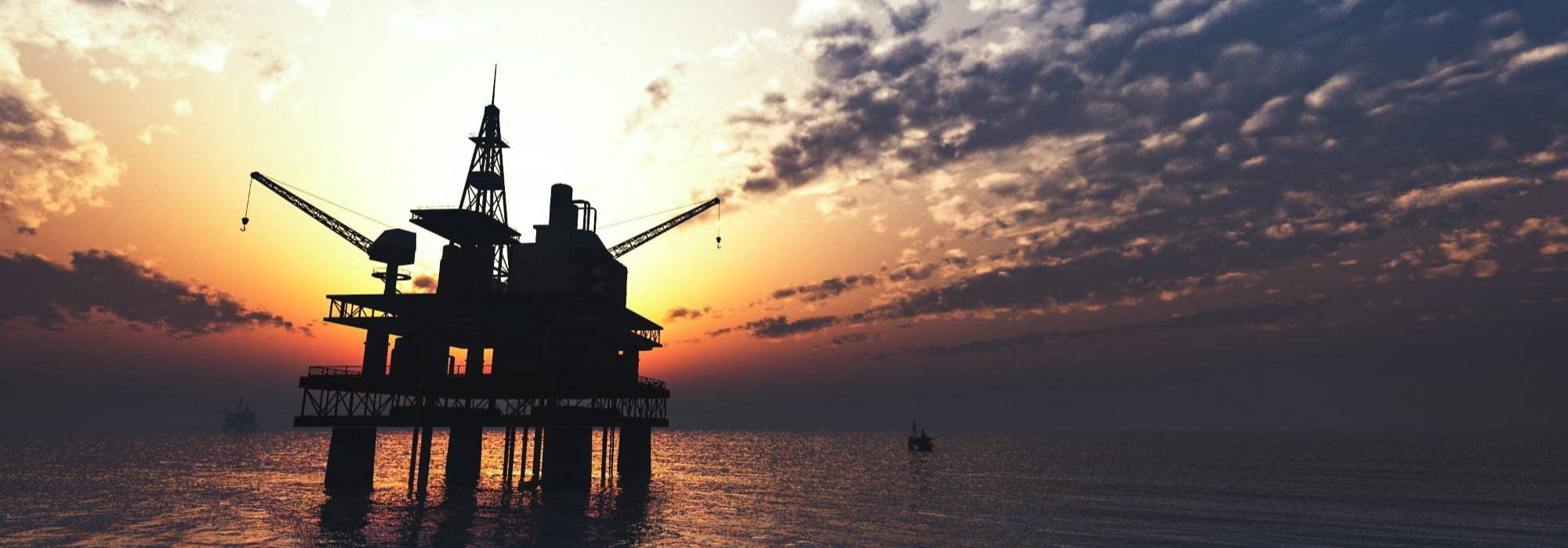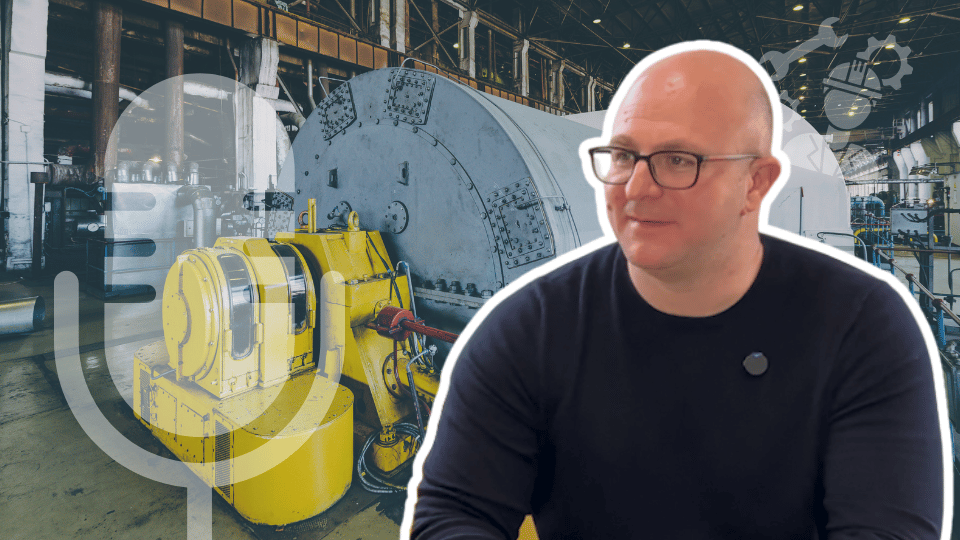Top Oil And Gas Projects Creating Jobs In 2021
26 Apr, 20214:52The oil and gas industry has evolved a lot over the last few decades, driven by ch...

The oil and gas industry has evolved a lot over the last few decades, driven by changing economic factors, technological developments, and increased energy consumptions due to changing consumer behaviours.
Because of this, the Oil and Gas industry has plenty of exciting career opportunities for technical personnel.
If you’re looking for your next career move, here are 6 major Oil and Gas projects to look out for in 2021.
Bacalhau Oil Field, Brazil – Equinor
The Bacalhau oil field, previously known as Carcara, is located at a water depth of 2,050 metres and is approximately 185 kilometres off the coast of Sao Paulo, Brazil. Petrobras discovered the offshore oil field back in March 2012 whilst Equinor became the operator by acquiring stakes from Petrobas in 2016.
The field is a joint ownership between Equinor (40%), ExxonMobil (40%) and Petrogal Brasil (20%). The Bacalhau deepwater field development plan is comprised of 19 production wells connected to an FPSO (floating production, storage, and offloading) unit, designed, and constructed by MODEC. The unit will have living quarters for accommodating up to 160 personnel.
The field is expected to produce up to 220,000 barrels of oil per day in phase one, with the first oil anticipated for 2024. It will also produce and inject up to 530 million standard cubic feet of associated gas per day and inject up to 200,000 barrels of seawater daily to maintain pressure in the formation. The greater Bacalhau field region is estimated to contain up to two billion barrels of oil equivalent recoverable reserves.
Barossa Offshore Development Project, Australia - Barossa-Caldita Joint Venture
Barossa is a gas and condensate field located in the Bonaparte Basin offshore Australia, with a water depth between 130 and 350 metres. It was discovered in 2006. It’s being developed alongside the Caldita field nearby and has been appraised for a total of five wells.
The project is planned for development via a permanently moored FPSO unit. A total of 10 to 25 subsea wells are planned to be drilled across the Barossa and Caldita fields. A production gathering system will transfer the produced hydrocarbons to the FPSO through in-field flowlines.
The Barossa Offshore Development Project is owned by the Barossa-Caldiate Joint Venture, which includes ConocoPhillips Australia Exploration (37.5%, operator), SK E&S Australia (37.5%) and Santos Offshore (25%).
The proposal that was put forward to the National Offshore Petroleum Safety and Environmental Management Authority (NOPSEMA) was approved in March 2018.
First gas from the Barossa offshore project is expected to be achieved in 2023 with an estimated annual production rate of 3.7 million tonnes of liquefied natural gas and 1.5 million barrels of gas.
Cambo Field Development, UK – Siccar Point Energy E&P
Cambo is an offshore oil and gas field near the Shetland Islands in Scotland. It was discovered back in 2002 by Hess Corporation and was appraised by four appraisal wells as of 2012. Siccar Point Energy, which focuses on North Sea exploration and production, drilled the fifth and final appraisal well in 2018 after it acquired OMV’s (previous operator) North Sea assets in the UK in January 2017.
Siccar Point Energy is the operator and holds a 70% stake in the project. The other 30% stake is held by Royal Dutch Shell which it acquired from Siccar Point Energy in May 2018.
A final investment decision (FID) for the project was planned for the third quarter of 2020. However, the global economic impact of COVID-19 led it to be deferred to the second half of 2021.
FEED (front-end engineering and design) contracts were awarded in August 2019 whilst the field development plan was submitted to the UK’s Oil and Gas Authority for approval in November 2019.
The field is planned to be developed in two phases with different wells tied back to an FPSO vessel. The field developers commissioned a FEED study to deploy a cylindrical FPSO for the field in August 2019. This study will be executed by Sembcorp Marine Rigs & Floaters.
The Cambo field development is predicted to produce up to 51,000 barrels of oil and 30 million cubic feet of gas a day in the first phase. It is likely to come on stream in 2024 and its total production life is expected to last 25 years.
Whale Field Development, Mexico – Shell
The Whale field is a deep-water oil field located in the south of the US Gulf of Mexico. Its operator is Shell, which has a 60% working interest. It’s co-owned with Chevron, which holds the other 40%.
The discovery of this field is one of the largest exploration discoveries by Shell in the US Gulf of Mexico in the past 10 years. The US Energy Information Administration has estimated that the field holds about 357 million barrels of oil equivalent resources.
The Whale field development will include a semisubmersible floating production unit (FPU), which will be operated in the Alaminos Canyon Block 772 in the deep-water Gulf of Mexico. The FPU’s construction started in February 2020 with a steel-cutting ceremony. Its construction and integration should be completed by 2022.
The FID for the development was originally scheduled for late 2020. However, due to the COVID-19 pandemic, it was postponed to 2021.
The field development entered the define phase in August 2019. Once this phase is done, it’ll be followed by project execution and project operation.
Tilenga Oil Fields Development, Uganda - Total E&P Uganda
The Tilenga oil fields development project is in the Lake Albert region of Uganda.
Total E&P Uganda is the operator and currently holds 66.67% interest in the project. CNOOC Uganda, a subsidiary of China National Offshore Oil Corporation (CNOOC), holds the remaining 33.33%. However, Uganda’s state-owned Uganda National Oil Company (UNOC) has the option to buy a 15% interest in the project once the final investment decision has been made.
The Tilenga onshore oil project involves the development of six oil fields, a central processing facility, and associated infrastructure.
CB&I (now McDermott International), Technip, and Fluor, in partnership with China Petroleum Engineering and Construction Corporation (CPECC) were awarded FEED contracts for the Tilenga project in January 2017. Their report was submitted in July 2017. Fluor and CB&I started the second FEED phase in October 2017.
The Uganda National Environment Management Authority (NEMA) approved the environment and social impact assessment (ESIA) report of the project in April 2019. FID for the onshore development project is expected in 2021.
Tuban Oil Refinery and Petrochemical Complex, Indonesia - PT Pertamina Rosneft Processing and Petrochemical
The Tuban oil refinery and petrochemical complex is being developed in the East Java province of Indonesia by PT Pertamina Rosneft Processing and Petrochemical, a joint venture between Indonesia’s state-run oil and gas company Pertamina (55%) and Russian energy company Rosneft (45%). They partnered up in 2017.
The Tuban complex will occupy a total area of 841ha. It will integrate a greenfield refinery with a processing capacity of 300,000 barrels of oil per day, an aromatics complex and an integrated petrochemical plant for ethylene production.
Pertamina’s plan is to expand the five existing refineries and develop two new refineries, which should increase the production capacity of the refineries by 150%.
FID is expected to be taken in 2021 based on the findings of basic engineering design (BED) and front-end engineering design (FEED), which were both awarded to Tecnicas Reunidas in 2019. The facility is scheduled to start operating in 2024 is expected to create jobs for up to 20,000 workers during construction and 2,500 workers during operation.
NES Fircroft and supporting the Oil and Gas industry
Our recruiters source candidates for some of the biggest energy projects across the world, with jobs available across various industry verticals.
Through tailored workforce solutions, we’ll help energy clients to staff their projects, and through demonstrable experience (we’re proud to look after over 12,500 contractors), our discipline-specific recruiters will help support contractors on their assignments, and help candidates prepare for the job market.










